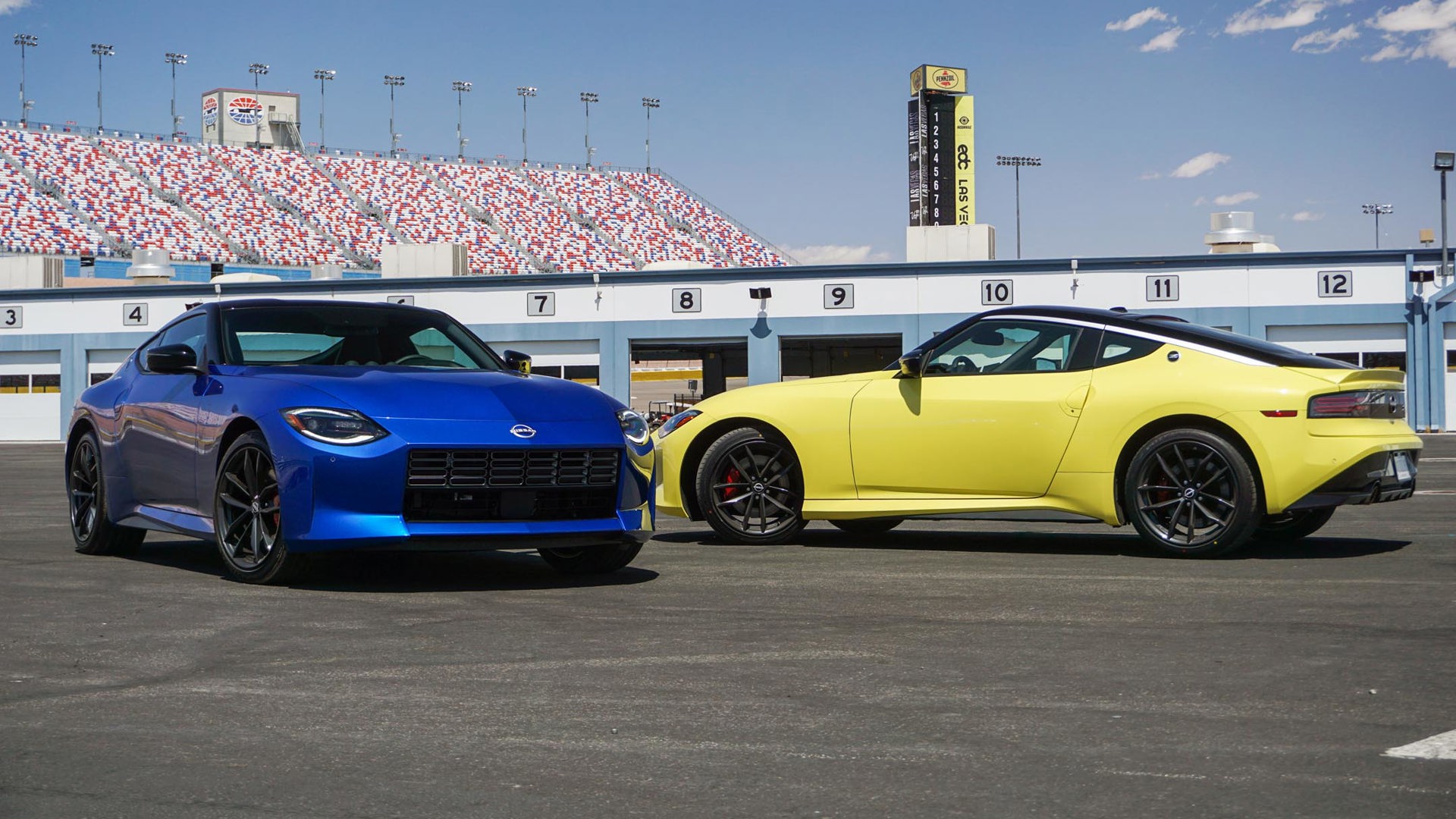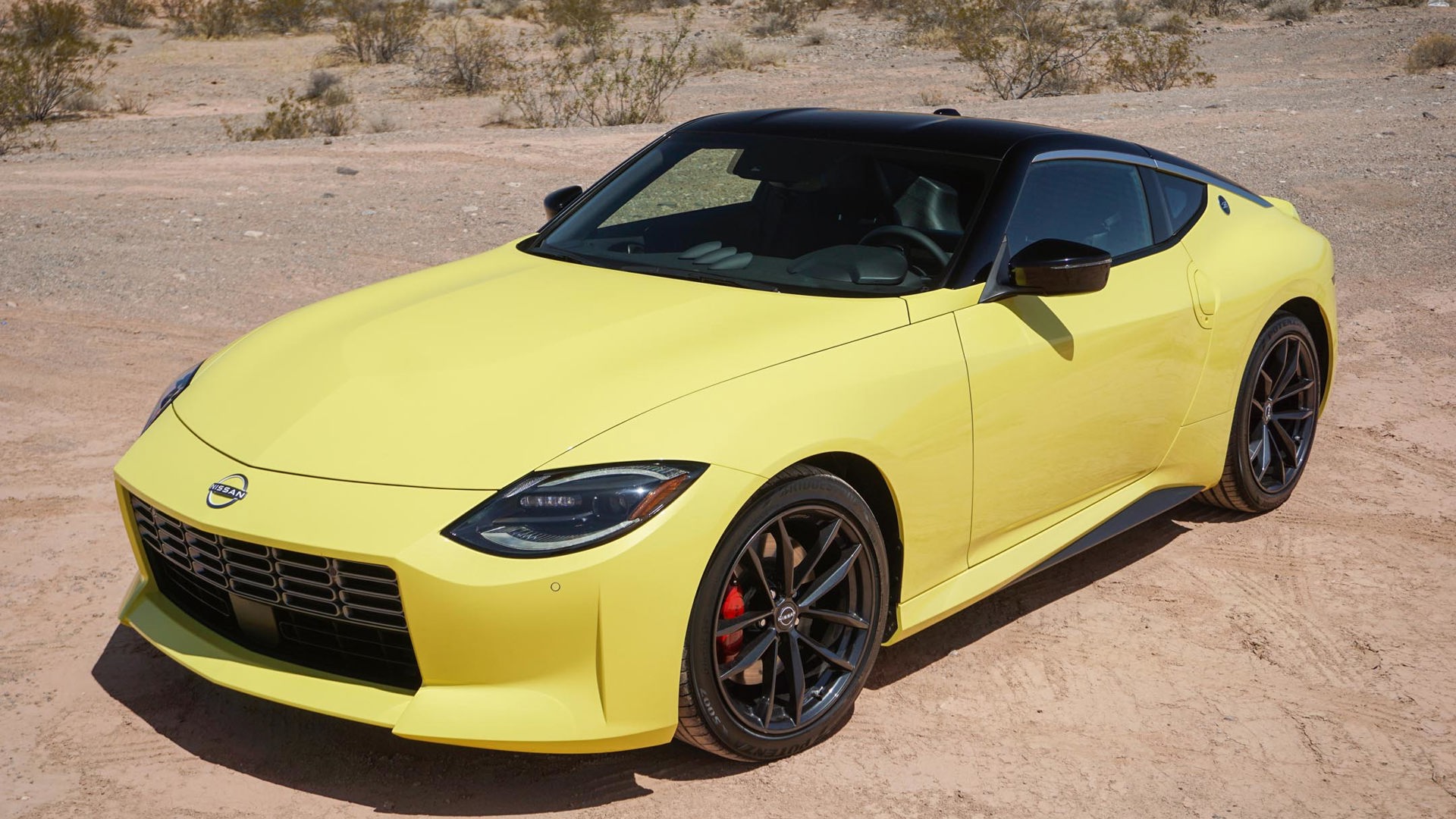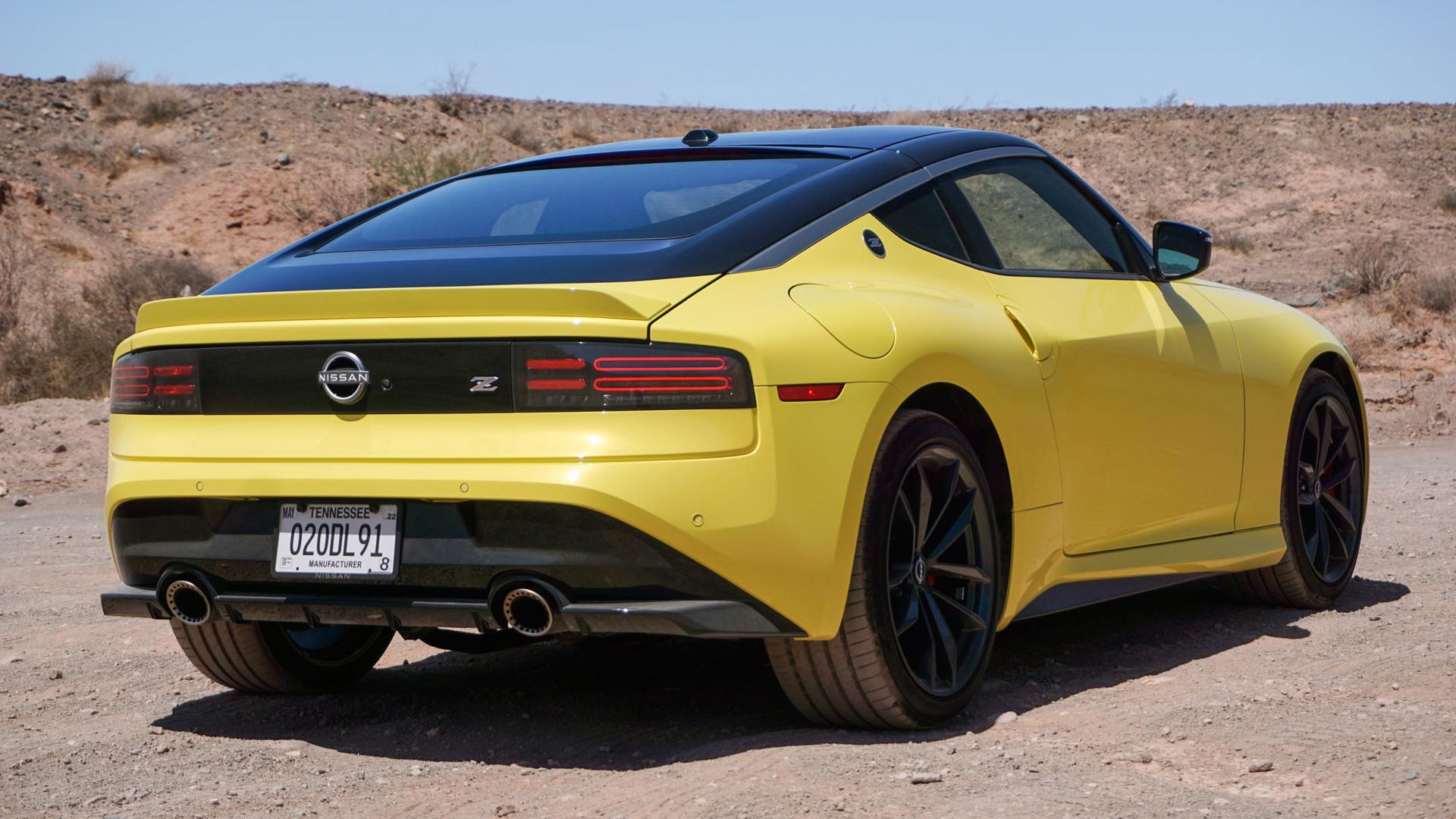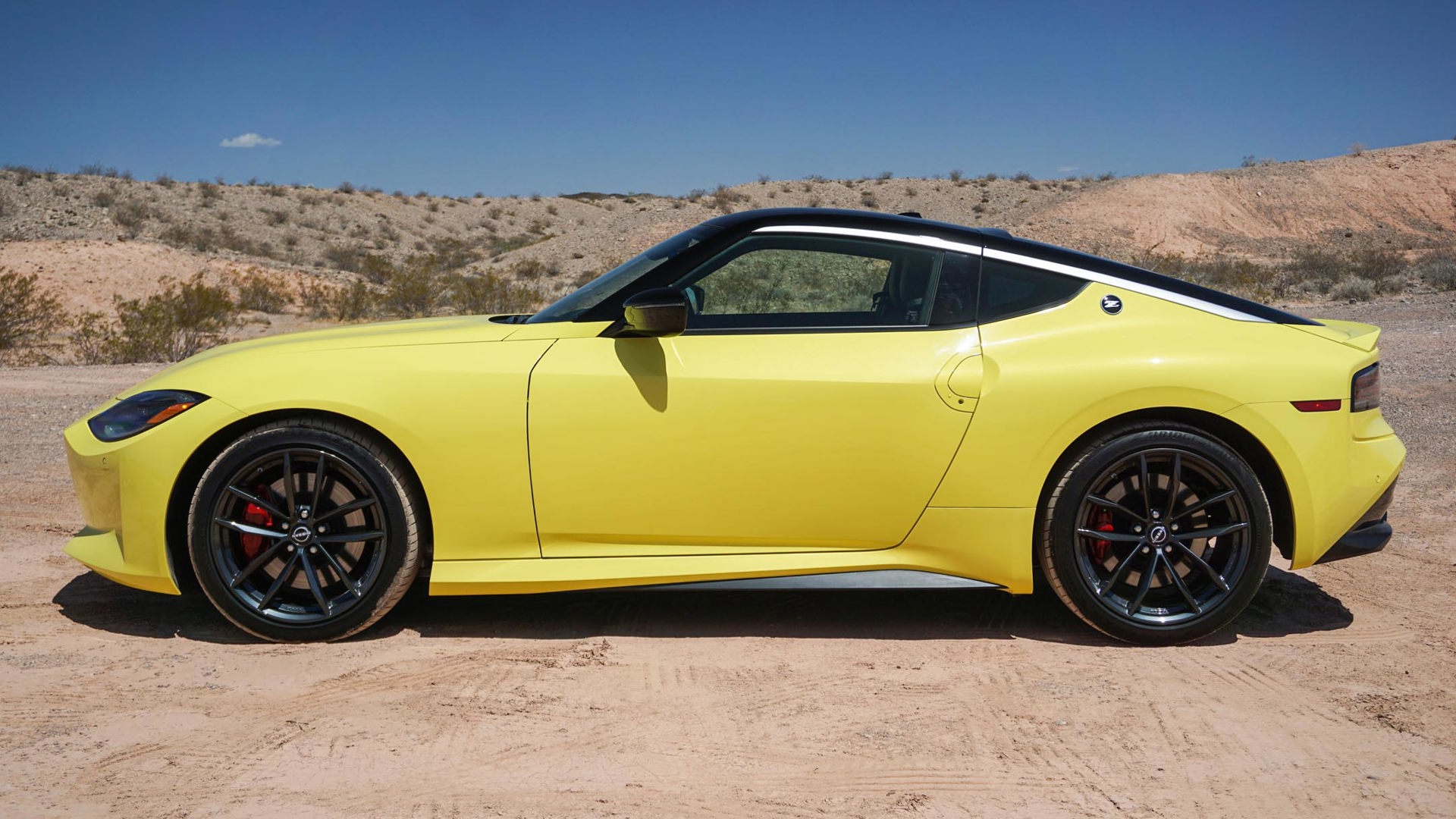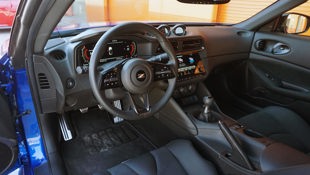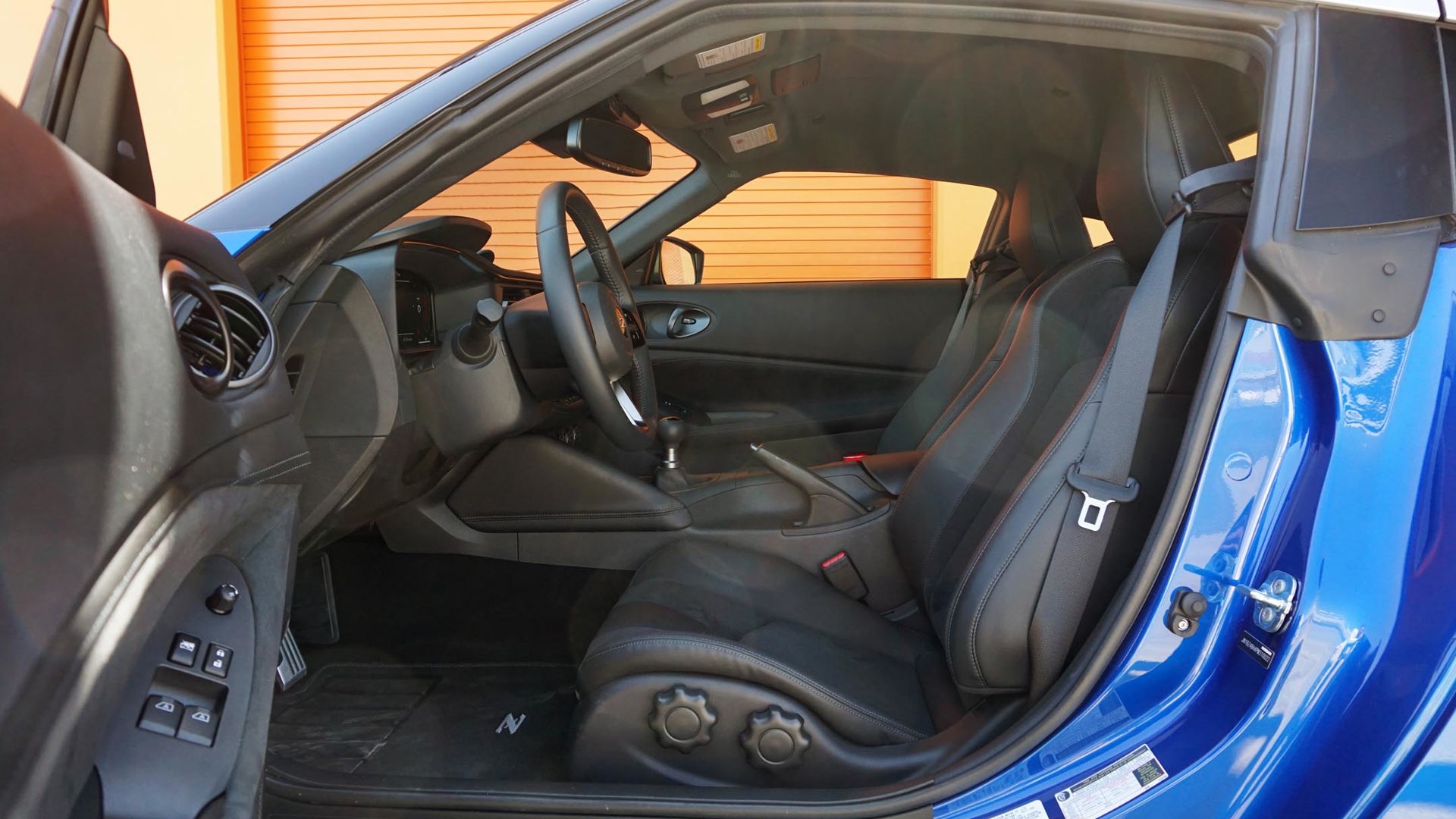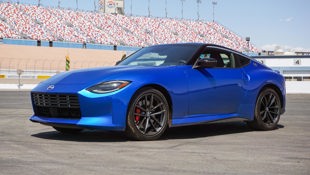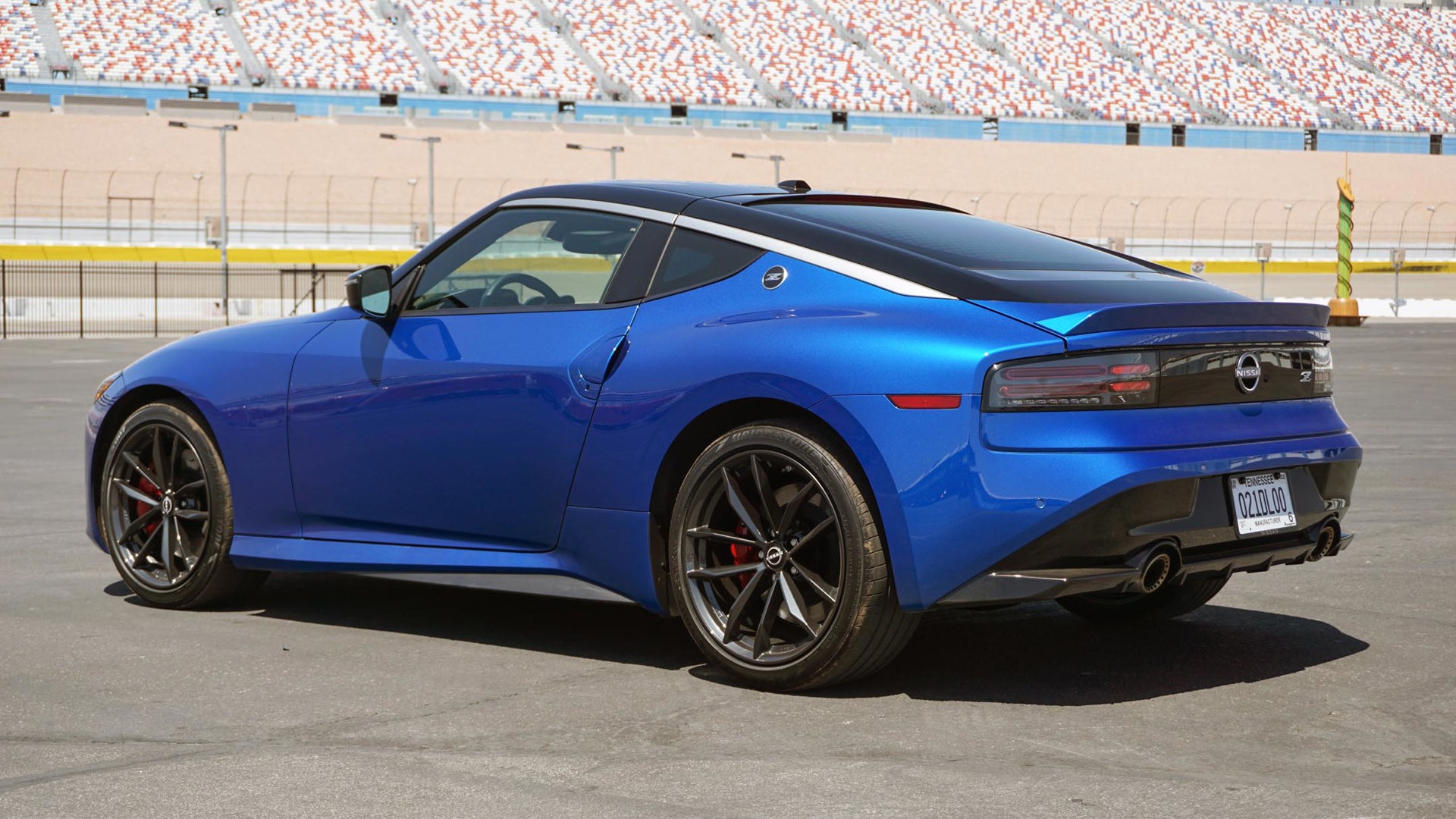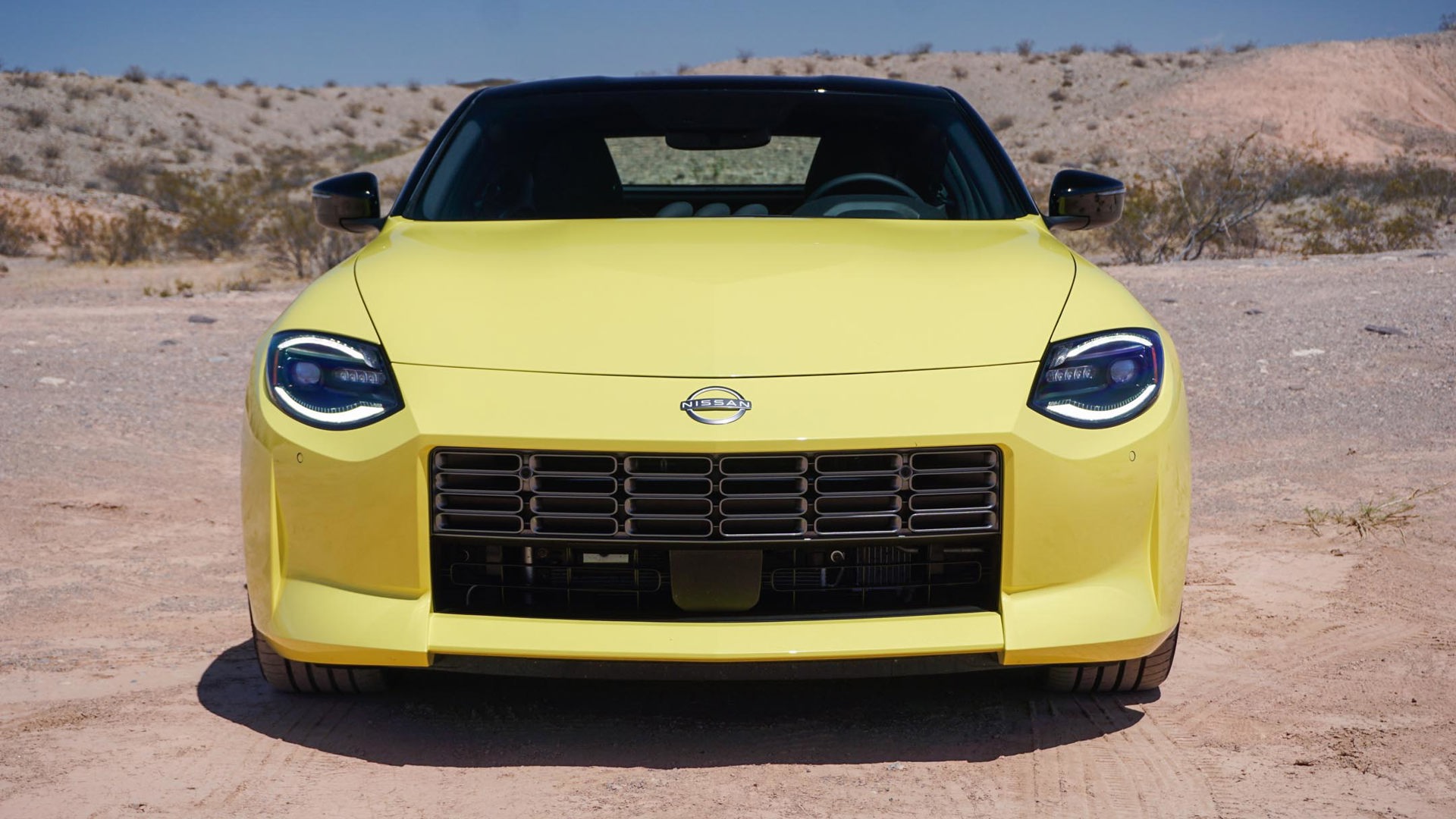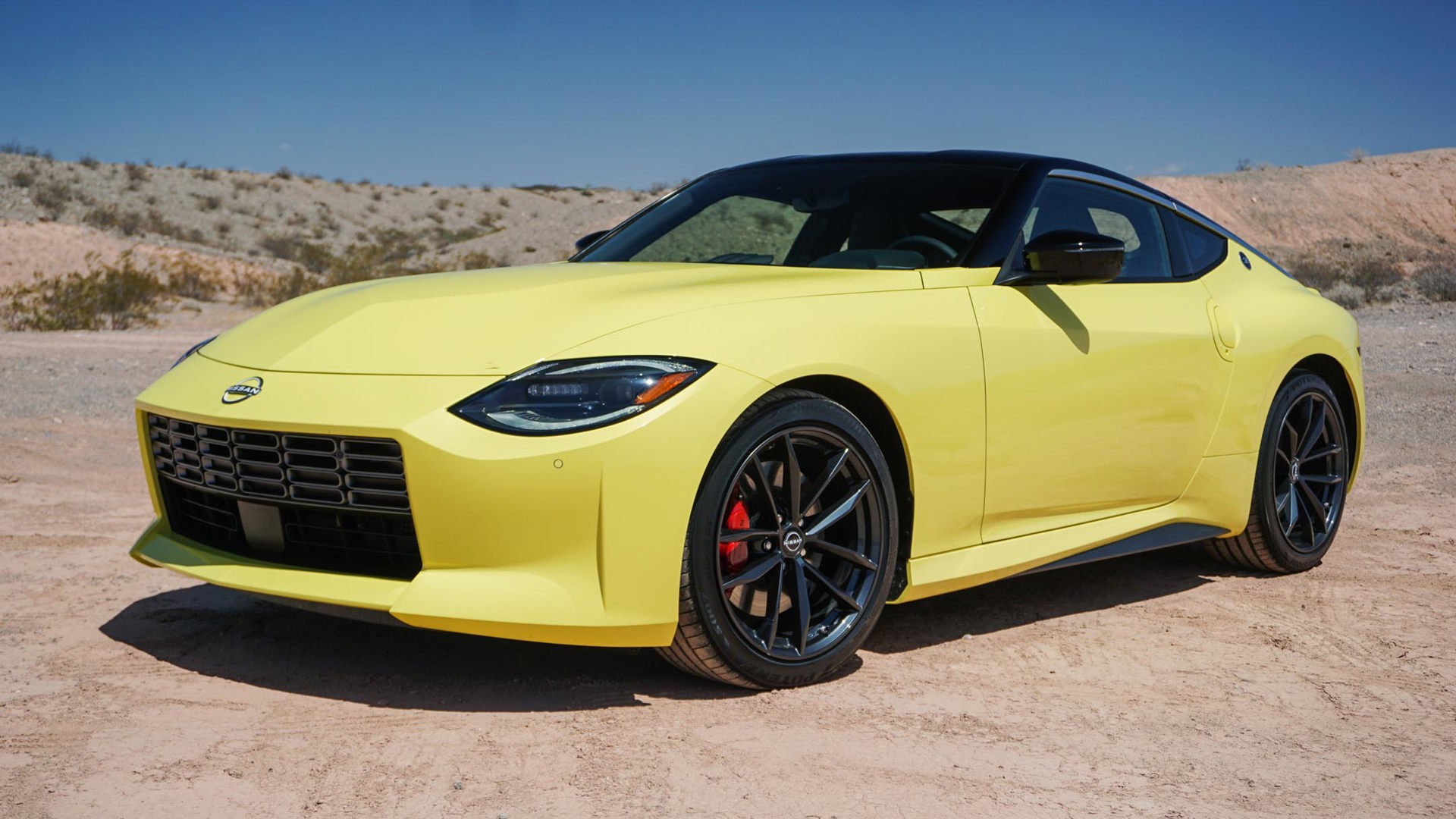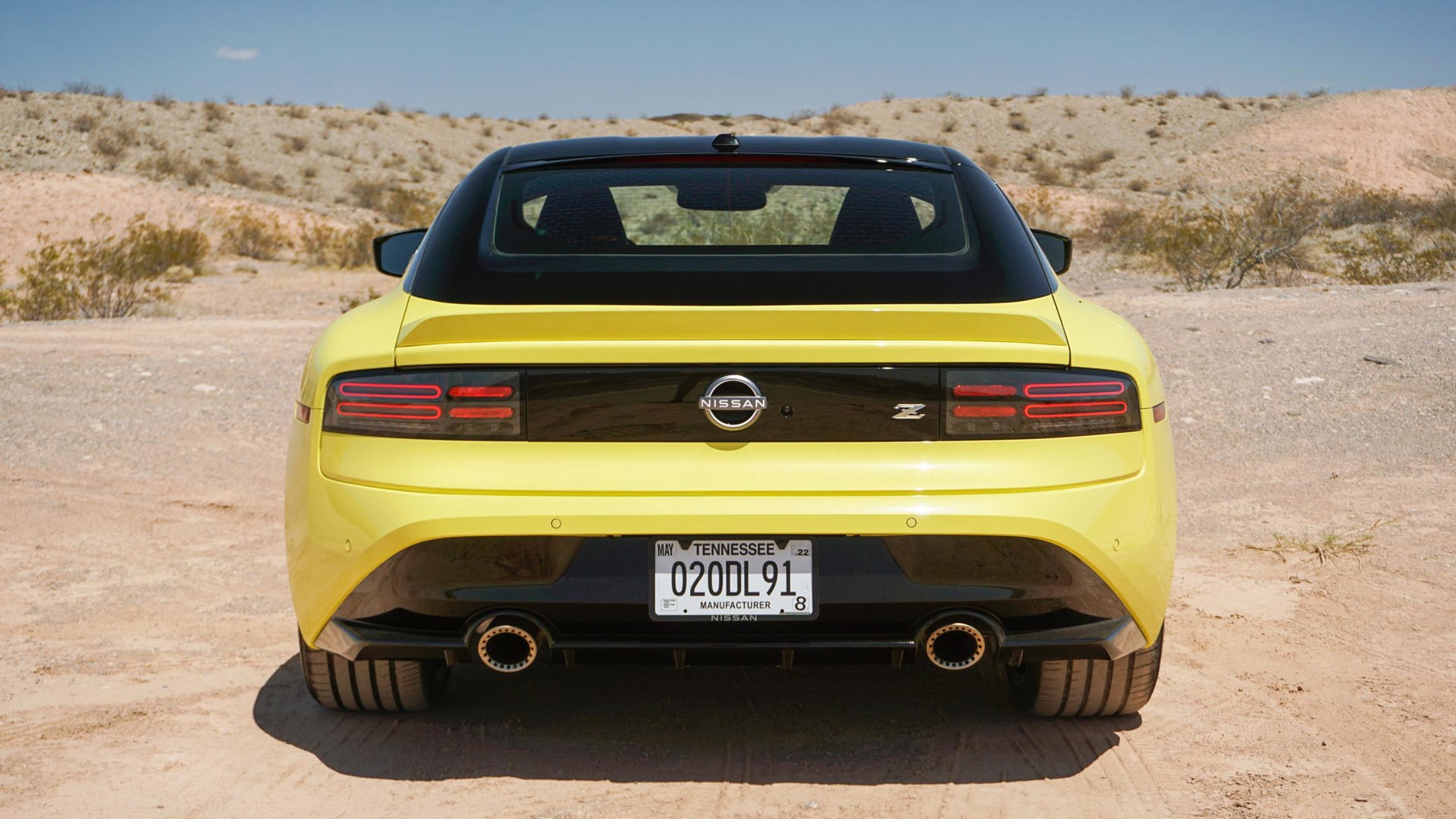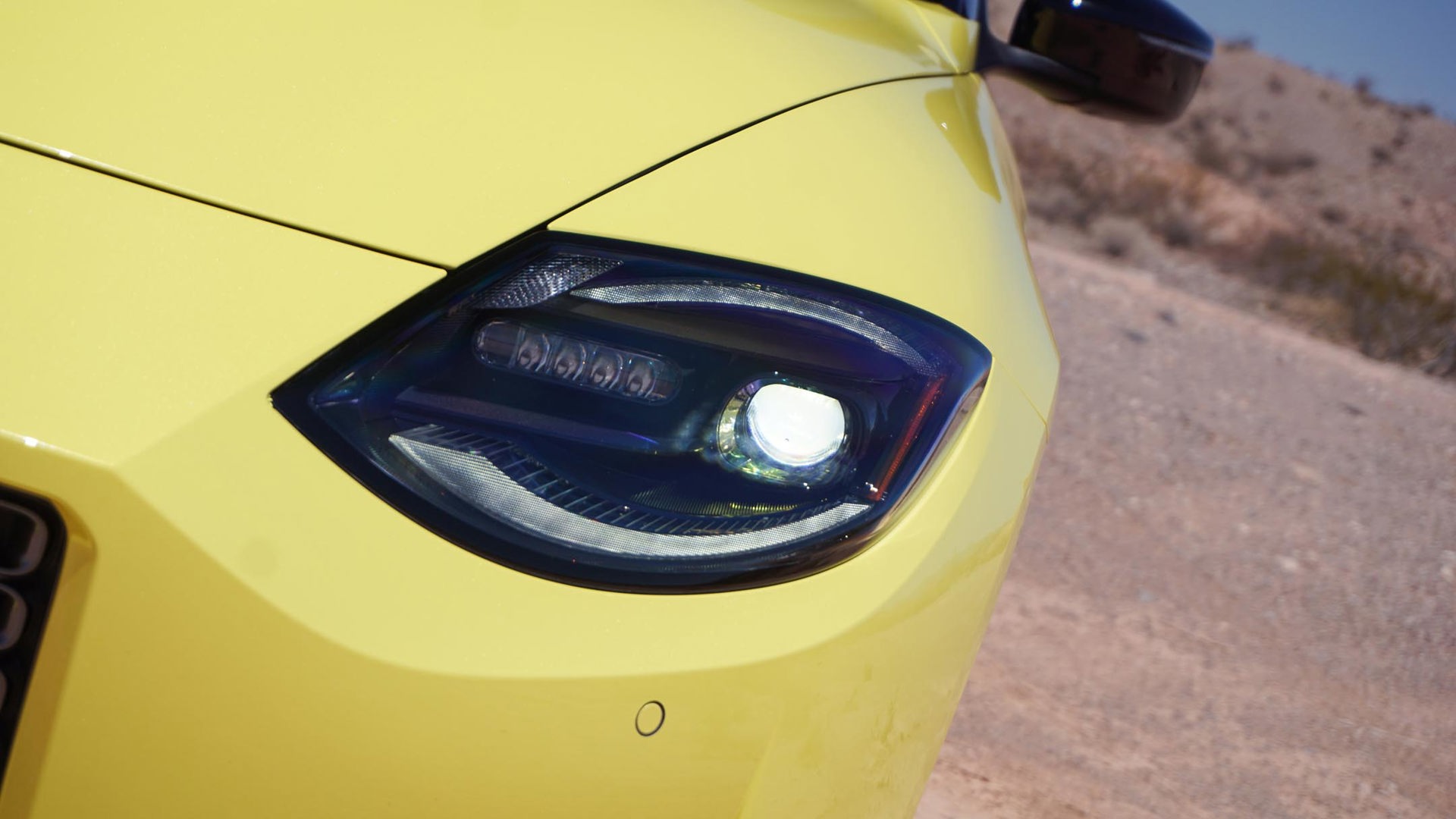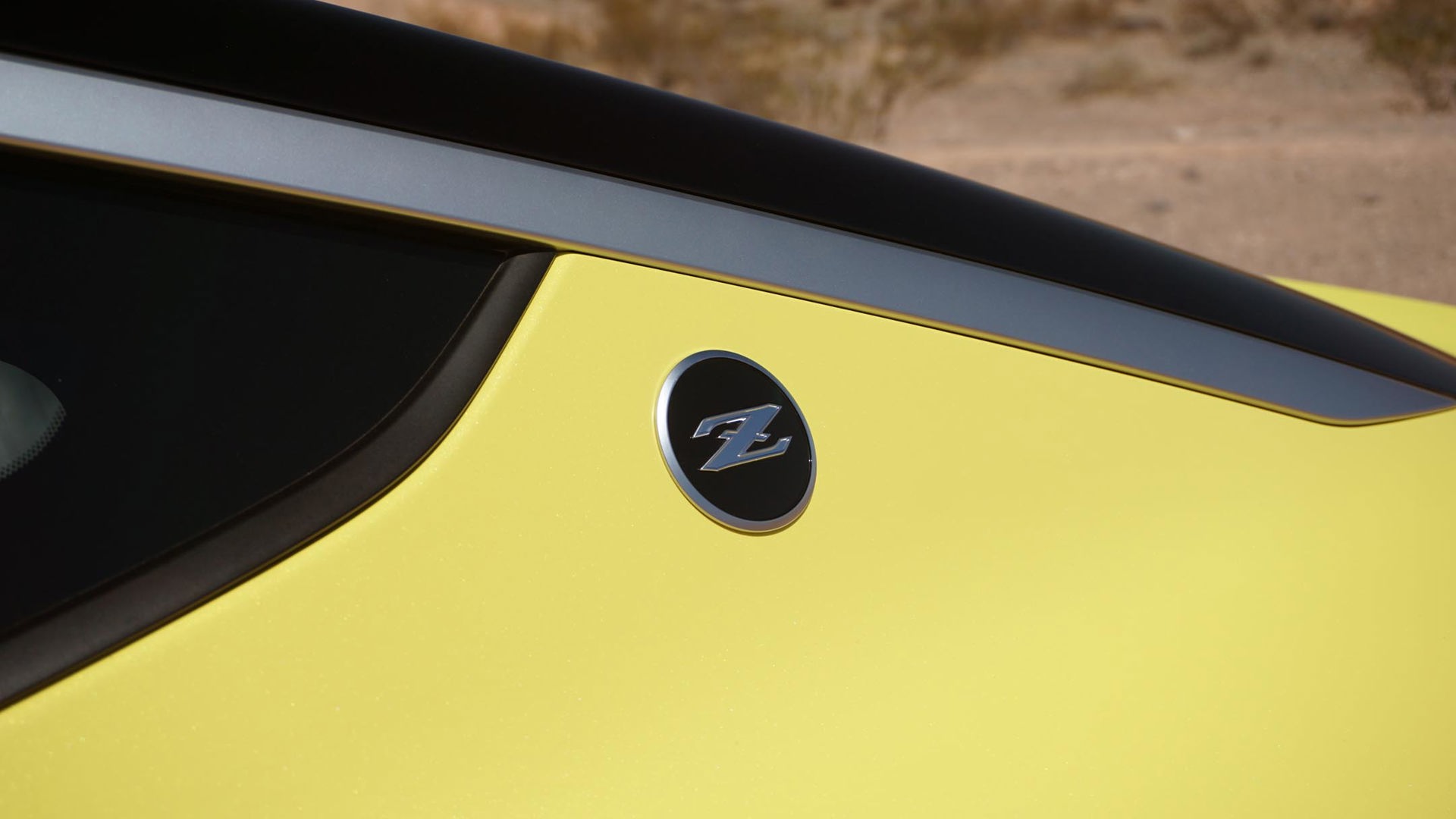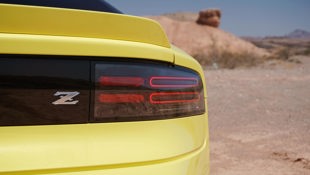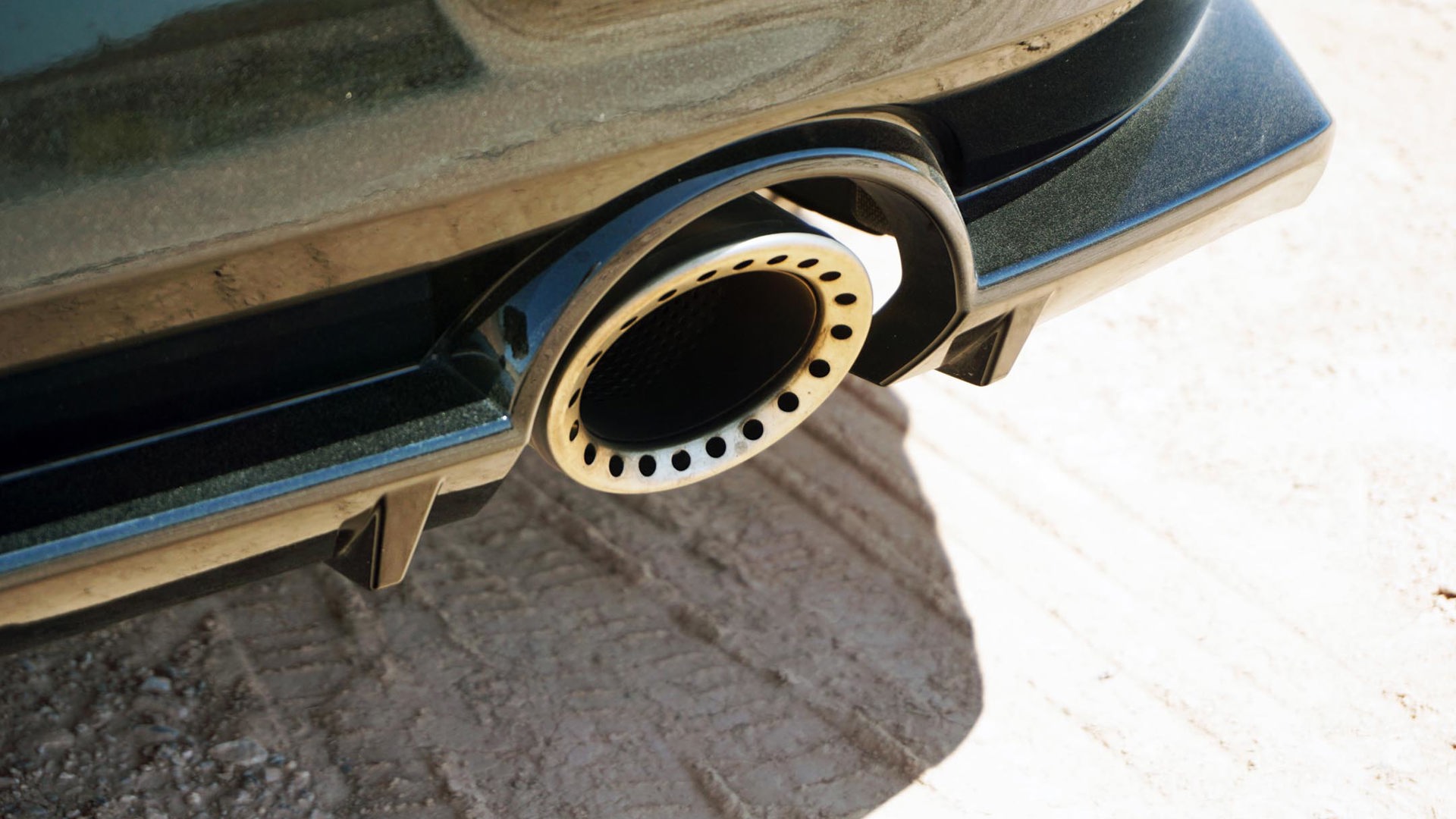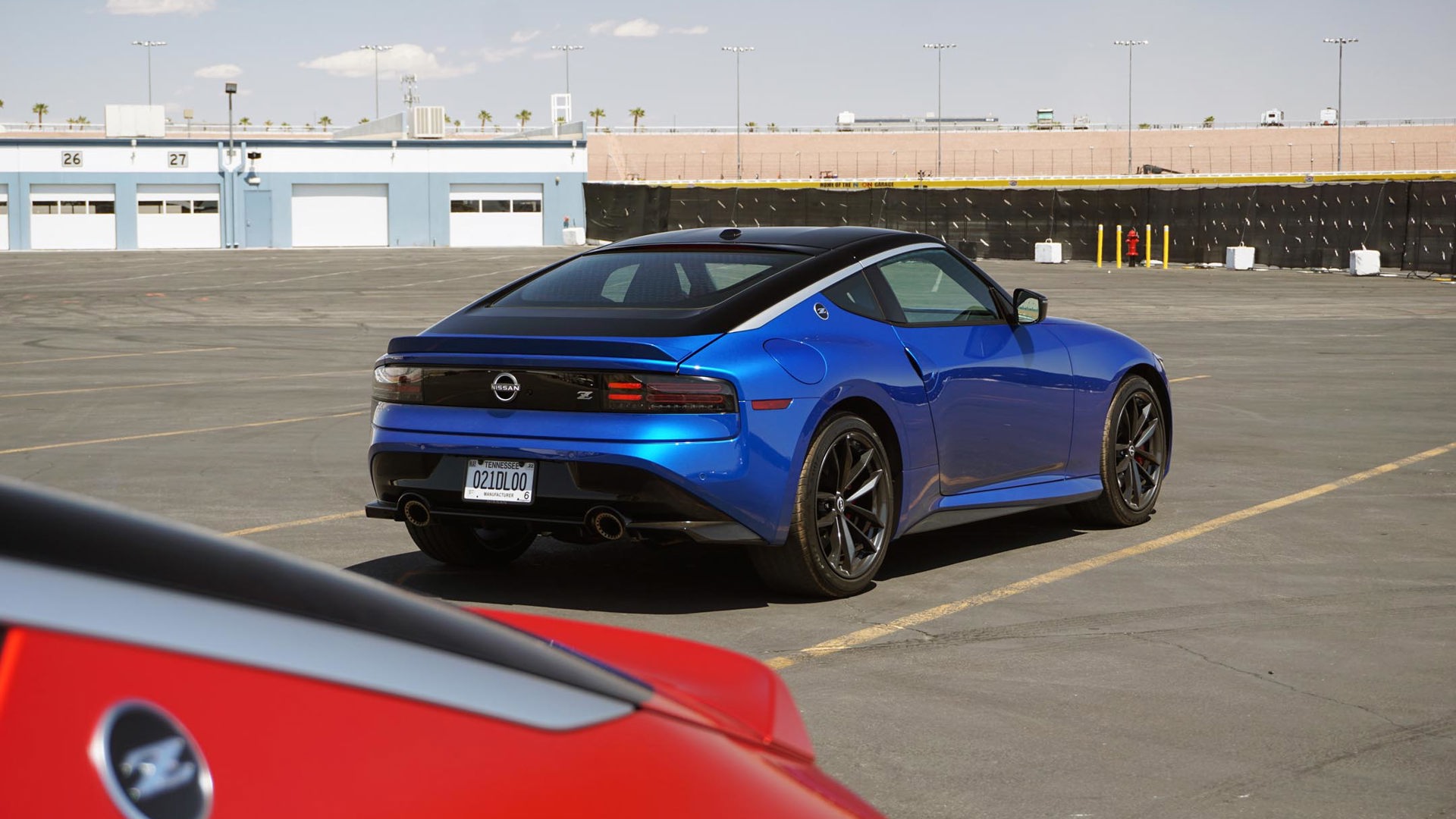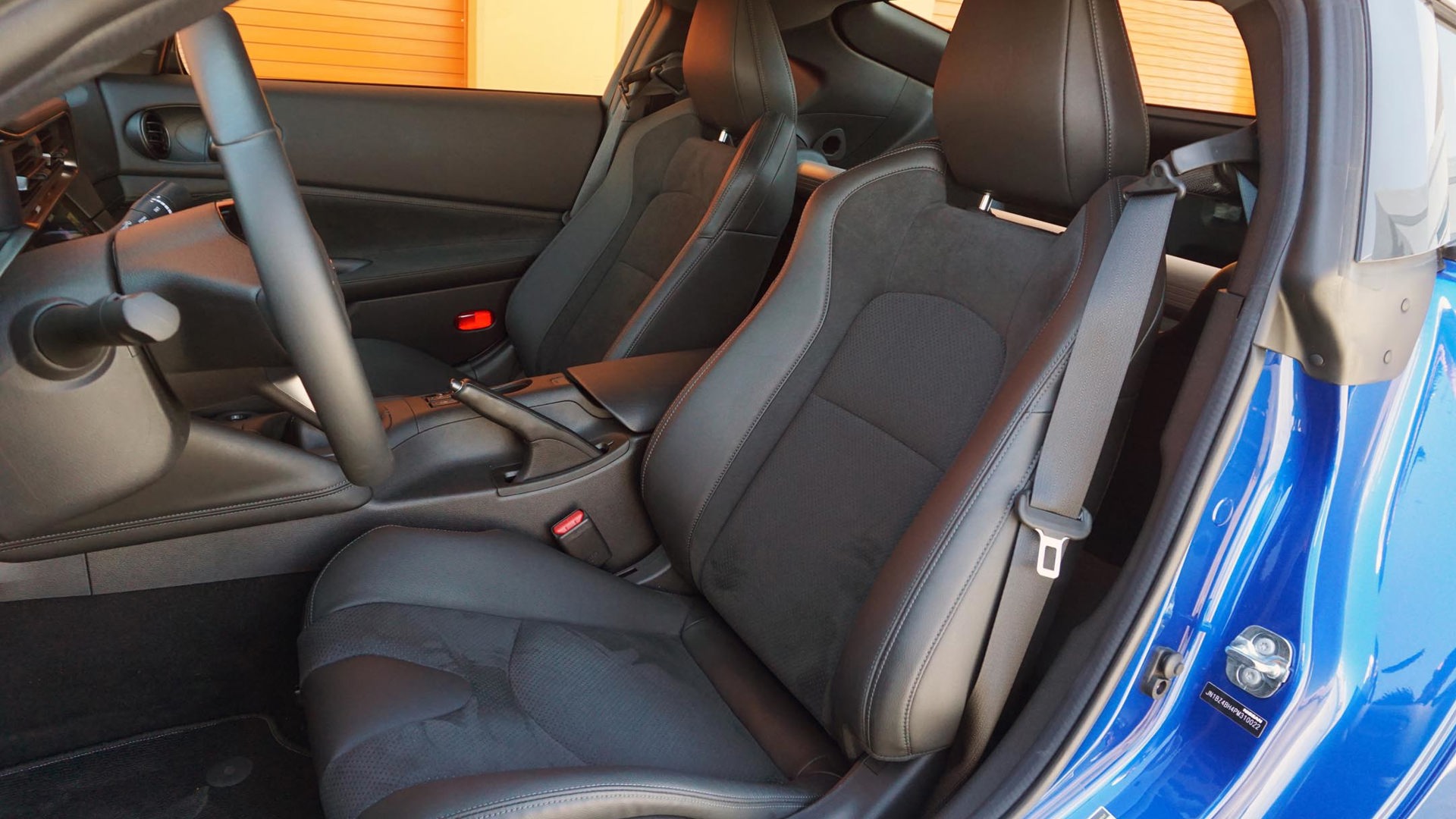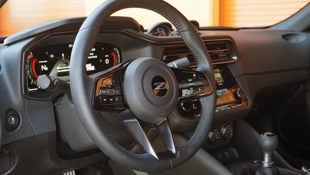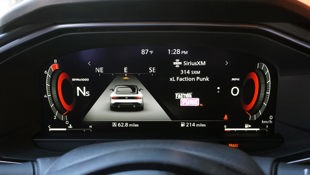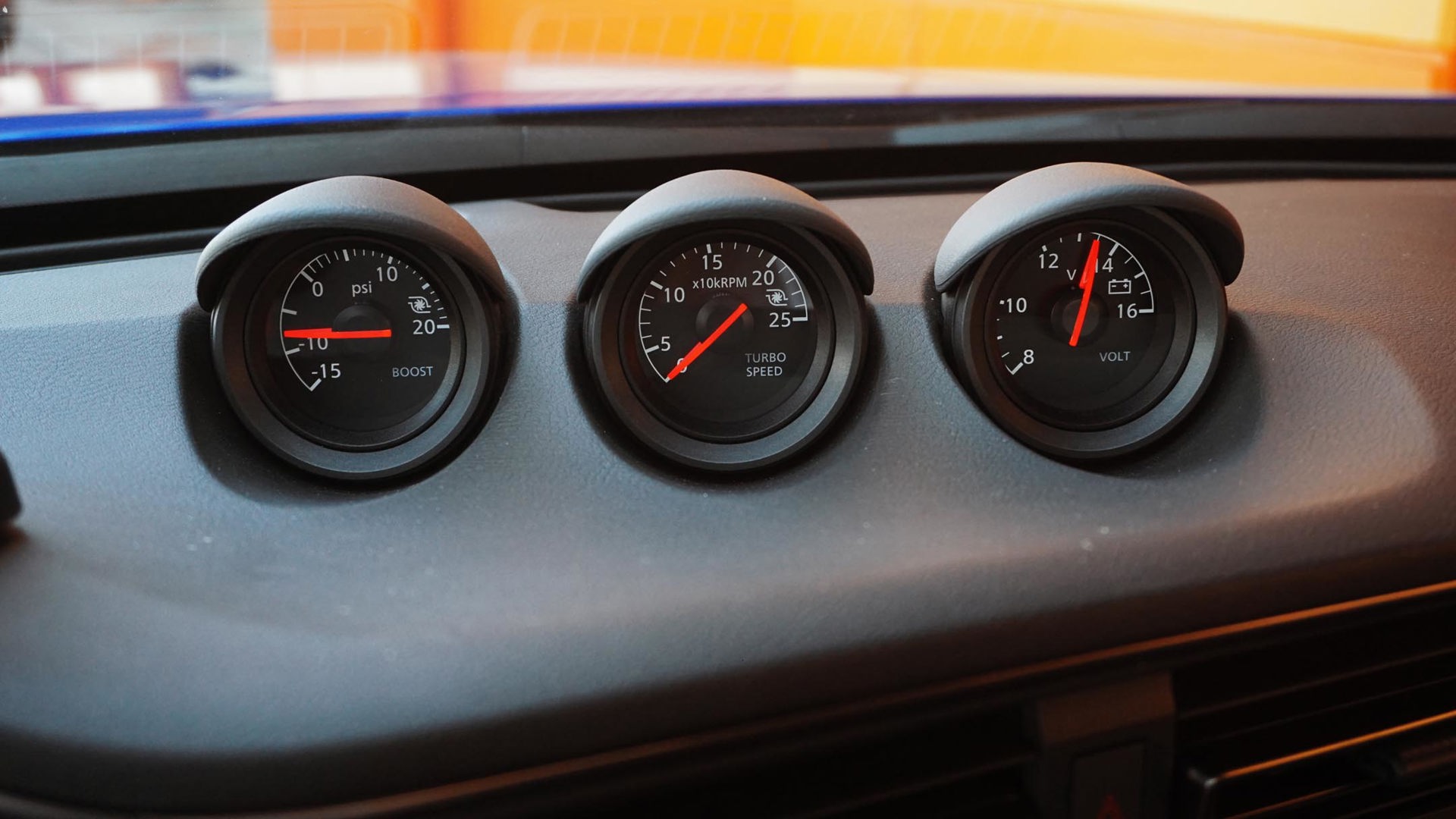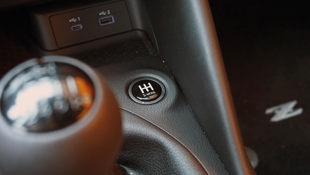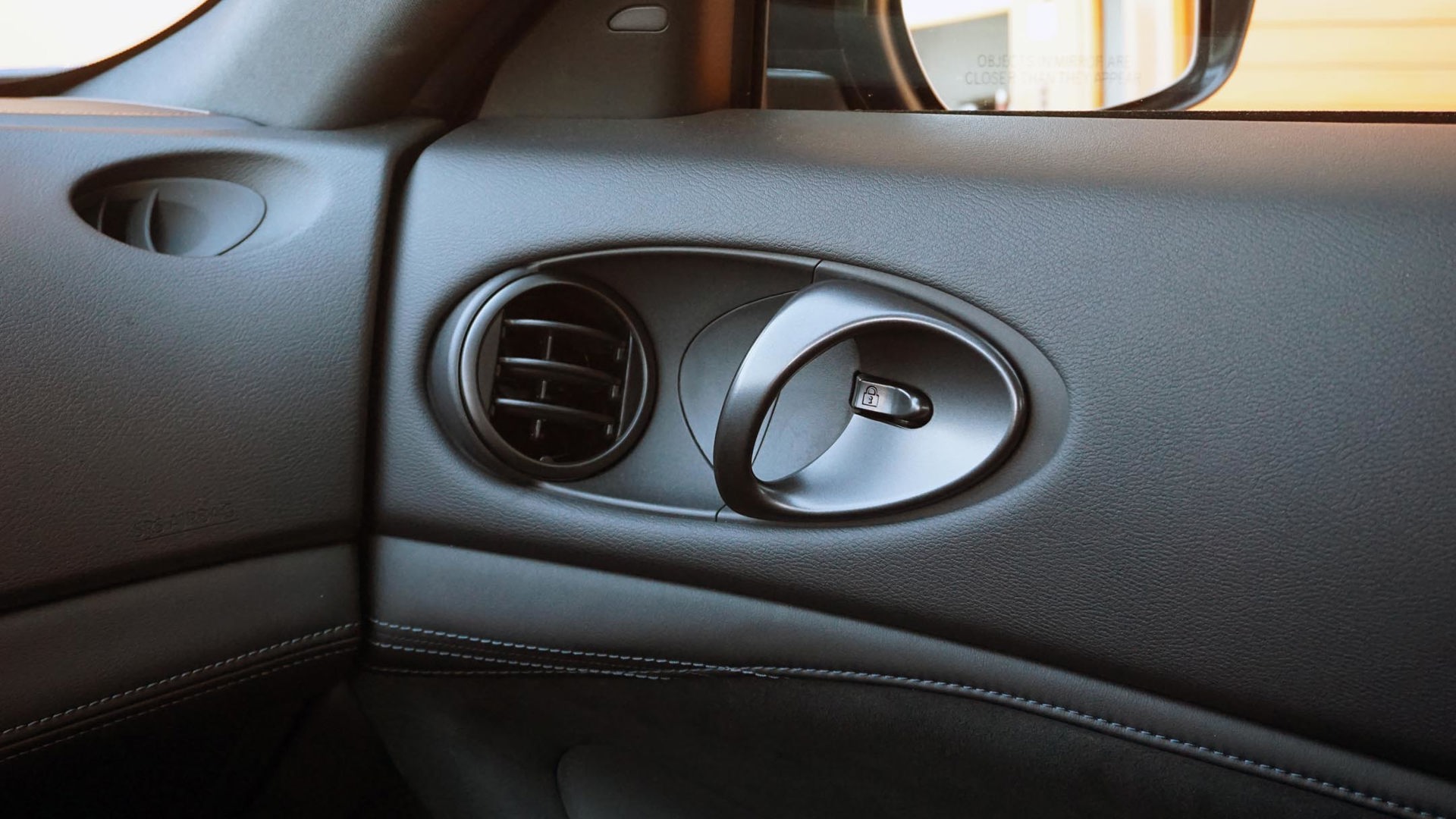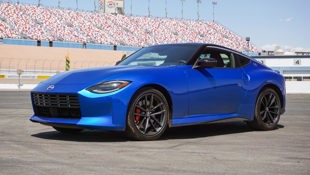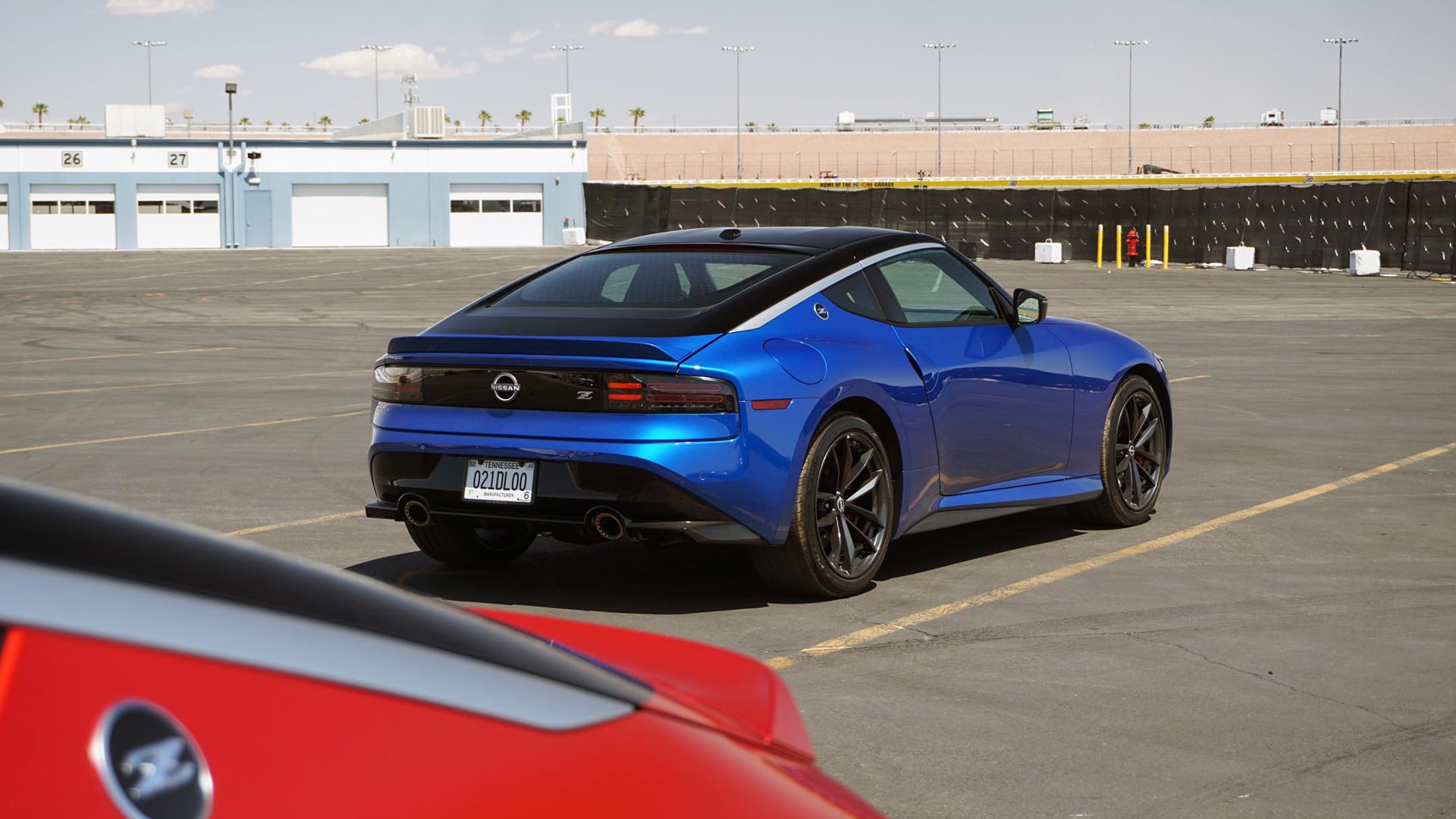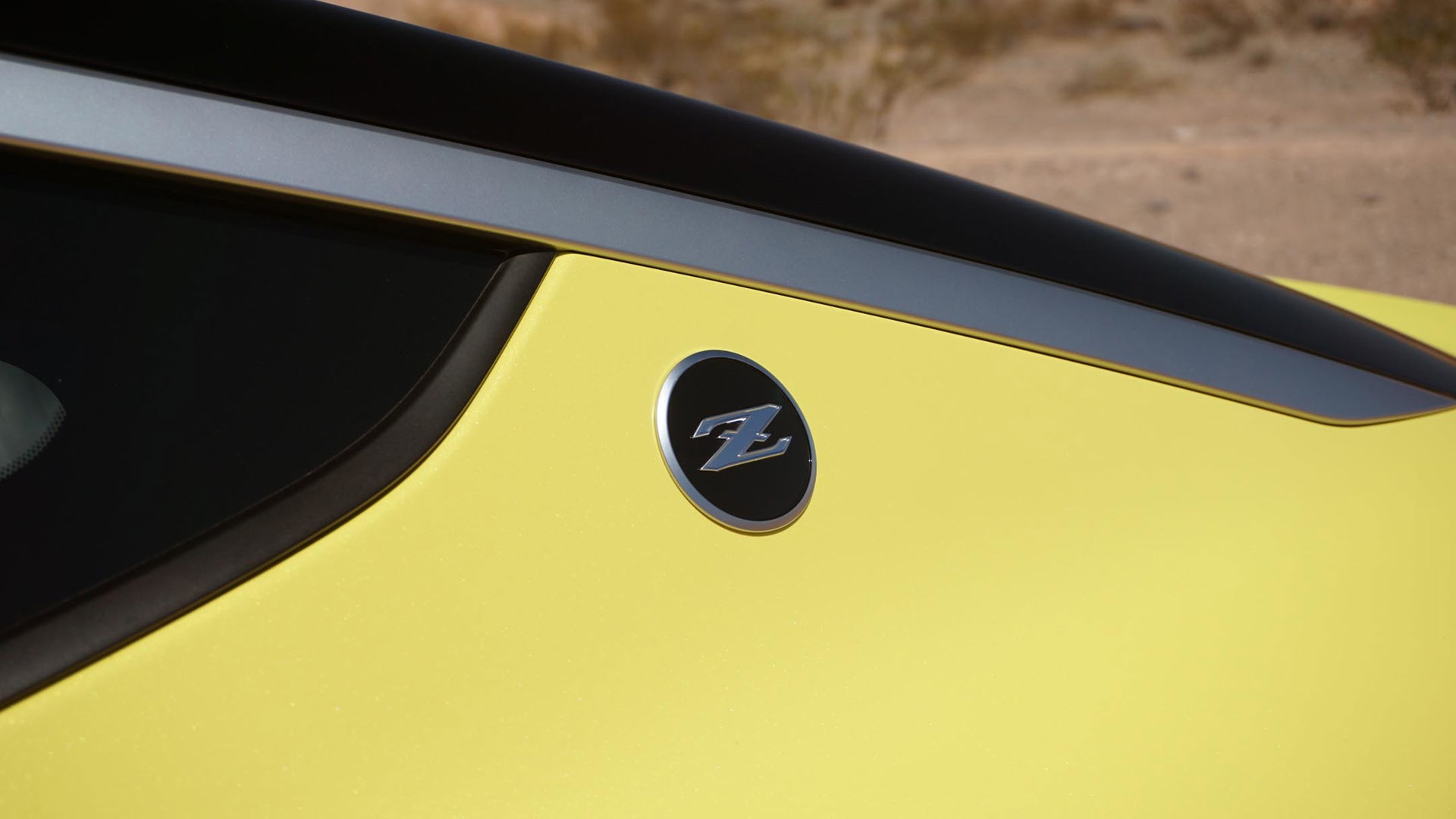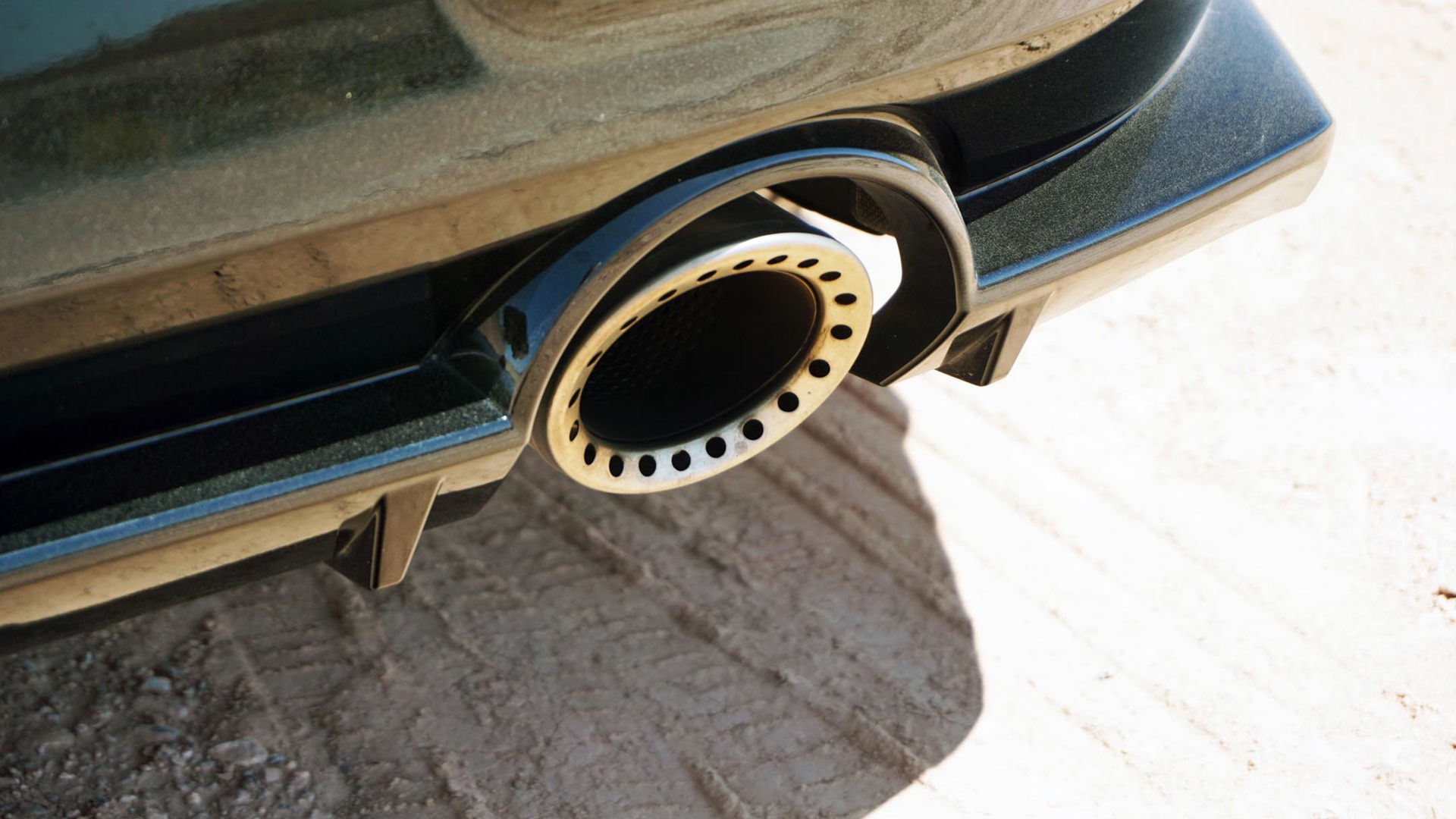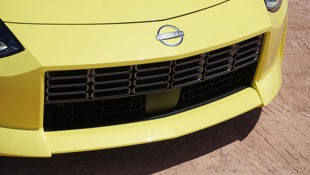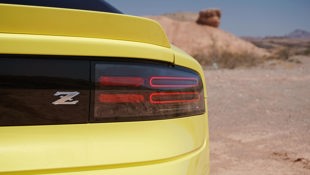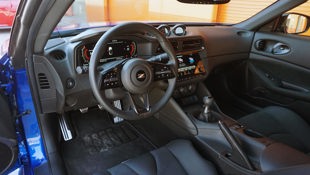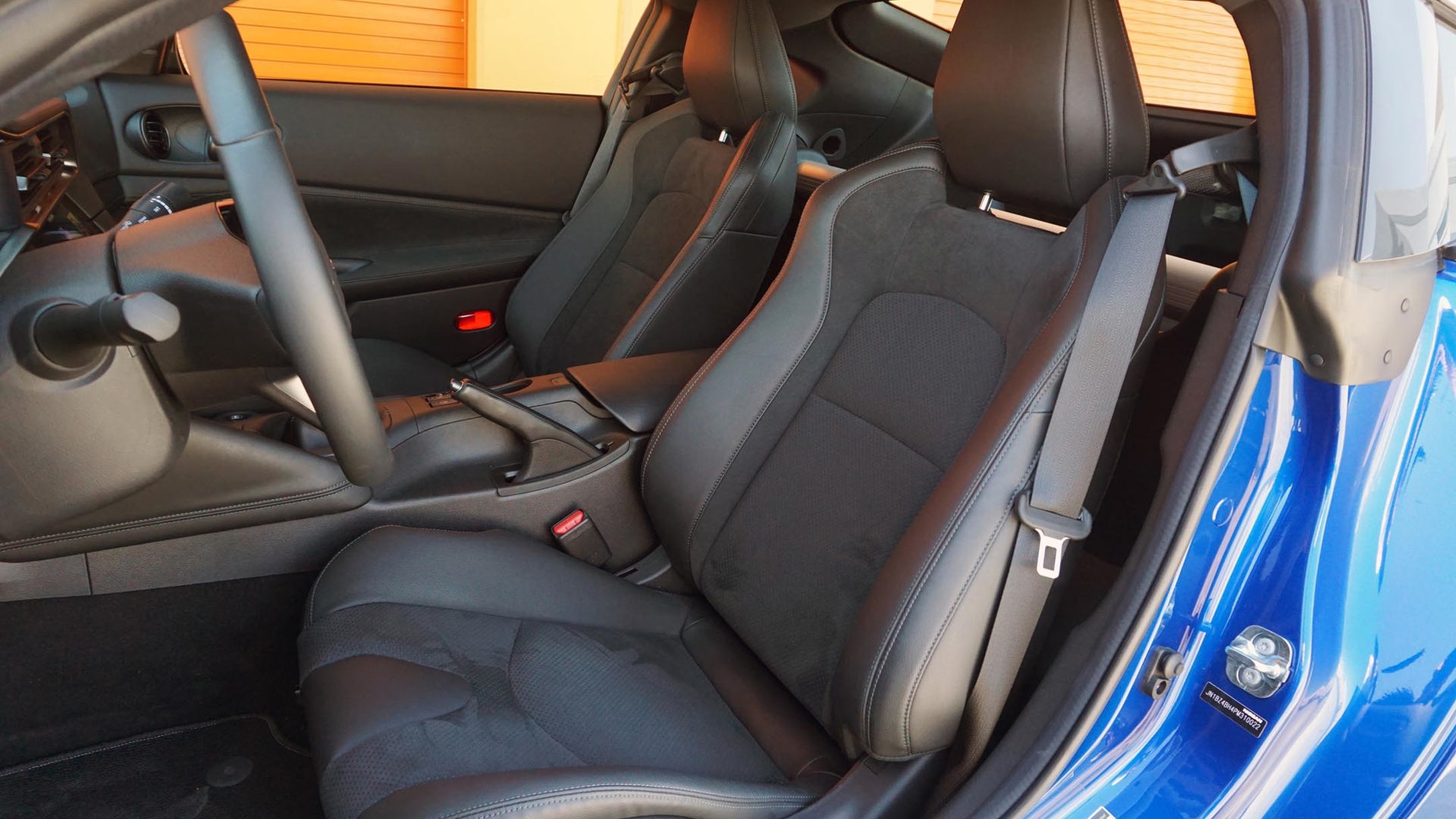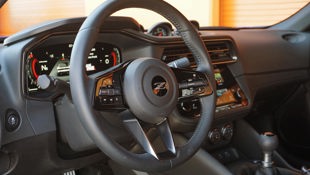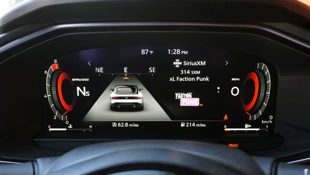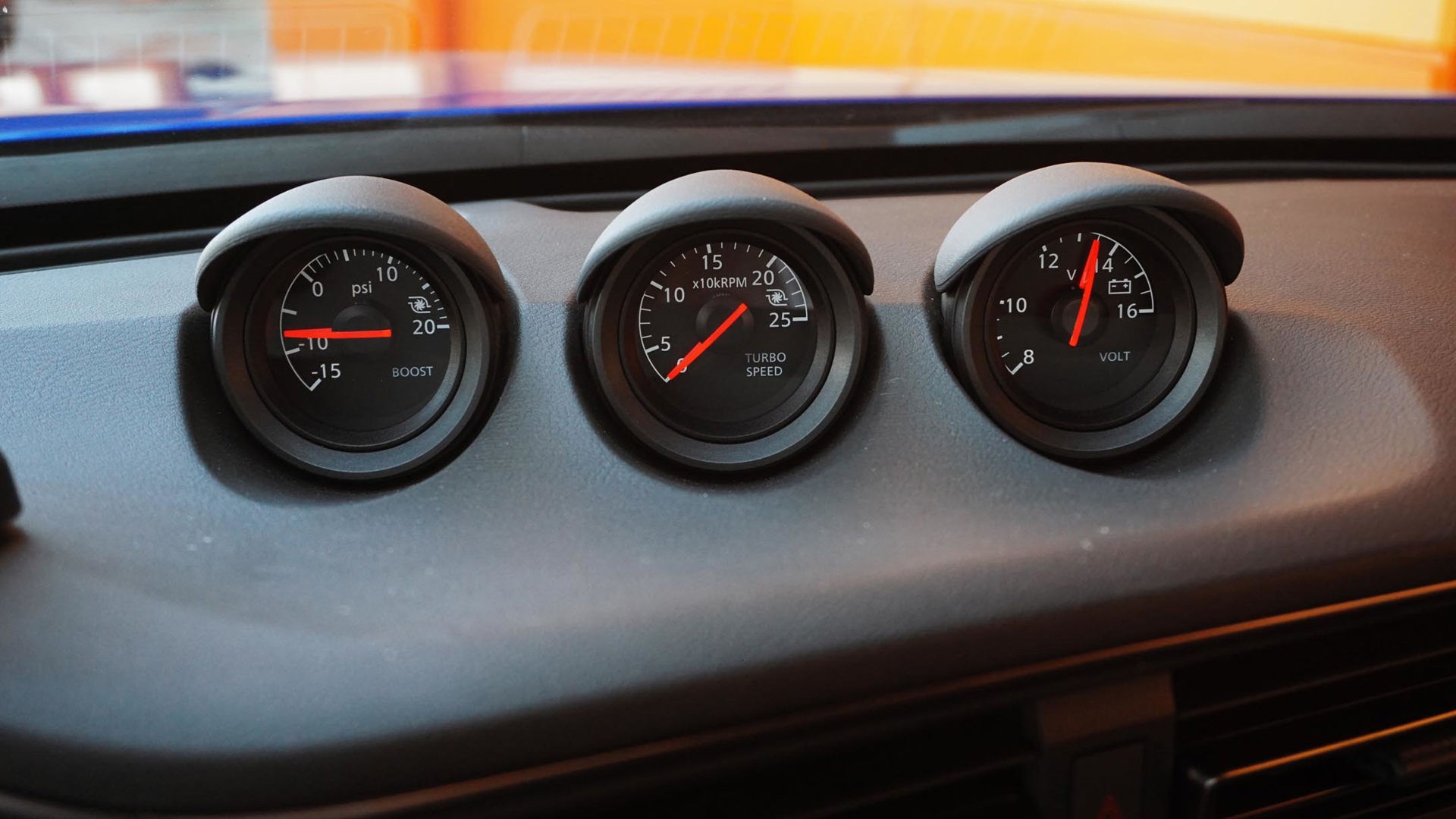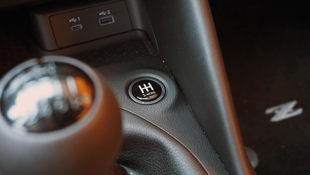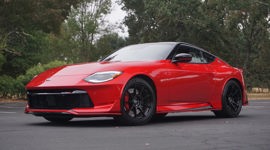It’s not as if car enthusiasts are a particularly pessimistic bunch, but there’s often a sense that the sky is falling – or at least that times aren’t as good as they once were.
And while it’s true that the proverbial fun police have picked off a few of our collective favourites in recent years, it would seem we’re soon to be spoiled for choice. Forget that Hyundai will sell you a hotted-up version of its Kona crossover, or that the Subaru BRZ and Toyota GR86 twins still exist for affordable rear-wheel drive fun. There are others, too, like the upcoming Toyota GR Corolla, all of which prove that this breed of performance car is plentiful – at least for now.
Sure, zero-emission mandates mean they aren’t long for this world, but in the meantime, the 2023 Nissan Z enters as a welcome – and well-executed – sports car. Both in style and in substance, this coupe serves as a reminder that Nissan knows a thing or two about performance, and it’s not quite ready to move on to the all-electric era just yet.
Epic Homage
Yeah, yeah – Chevrolet, Dodge, and Ford all did the retro-inspired design thing first. That fact does nothing to diminish just how stunning the new Z is, with this new look its best in years, and it’s not even close. The profile is perhaps a little too similar to that of the 370Z that came before this, but the rest is done up with subtle reminders of its predecessors’ best years.
The taillights are all kinds of ’90s goodness, paying tribute to the 300ZX, while the fascia is a throwback to the original Datsun 240Z. The gaping rectangular grille doesn’t work as well as something a little more shapely surely would, but it’s forgivable for how nicely the rest of the styling comes together. The cherry on top is the use of the original Z logo that just seems right on this retro-inspired coupe.
Parts Bin
Few could fault Nissan for using stuff it already had on the shelf to put this machine together. A passion project like this one isn’t going to rake in money like, say, the ever-popular Rogue, so the brand needed to find at least a few efficiencies. That means the platform carries over from the last couple Z cars, while the engine comes courtesy of the Infiniti Q50 Red Sport. The twin-turbocharged 3.0L V6 makes 400 hp and 350 lb-ft of torque – both significant jumps over the last car’s output.
Setting the six-cylinder apart from the Red Sport’s is the use of a recirculation valve. The clever tech is borrowed from the vaunted Nissan GT-R, and it keeps the excess pressure that’s built up during throttle lift instead of forcing it out through a blow-off or letting it back up into the turbo. That means there’s no performance lost while changing gears, keeping the 3.0L in the meatiest part of the powerband instead. Since all that torque comes online at just 1,600 rpm, it’s not as if the wait would be long in the first place, but any semblance of lag is a buzz kill, and so it’s been all but banished.
And then there are the shifts themselves. Where Toyota was dunked on for only offering the reborn Supra with an automatic gearbox, Nissan decided to do it right the first time. (In fairness, Toyota is finally getting around to correcting the problem.) That means the standard transmission is, well, a standard – a six-speed manual that’s worlds better than the one before it. Throws are precise and the gates clearly defined, while the clutch pedal’s take-up is perfectly tailored to quick gear changes.
Making the three-pedal setup even more user-friendly is the auto rev-matching system that’s included with the Performance trim (as well as the special-edition Proto Spec that’s based on it), taking the chore out of heel-and-toe for those who struggle with the technique. If it’s still too much to manage gear selection manually, a new nine-speed automatic shifts faster than any human could, but it comes at the expense of a good chunk of the fun factor.
Competitive Pricing
There’s another expense, too, and it’s a literal one. Unlike Mazda, which charges the same for the pint-sized MX-5 regardless of transmission, the nine-speed commands a $1,500 premium across the lineup. Either way, the 2023 Nissan Z carries a competitive starting price, with the base Sport trim starting at $46,498 before freight and tax; it’s $47,998 with the nine-speed.
That kind of dough nets a car that isn’t as stripped down as you might expect, with stuff like an eight-inch touchscreen infotainment system, Apple CarPlay and Android Auto connections, automatic climate control, blind-spot monitoring with rear cross-traffic alert, forward collision warning with pedestrian detection and automatic emergency braking, and adaptive cruise control. The automatic transmission also includes a launch control system.
The price jumps to $58,498 for the Performance trim ($59,998 for the auto), which adds all kinds of functional extras to the mix. A mechanical limited-slip differential, upgraded brakes, auto rev-match, launch control for both manual and automatic models, and heated leather seats are all included. There are other goodies, too, like a built-in subscription-based Wi-Fi hotspot, wireless Apple CarPlay, and 19-inch forged alloys from regarded Japanese wheelmaker Rays.
Finally, the Proto Spec adds $5,750 to the price – $64,248 manual; $65,748 auto – and includes unique finishes inside and out, like those same wheels in a bronze finish. Offered exclusively in Ikazuchi Yellow paint, the Proto pack will have limited availability.
Delightful Drive
That’s all well and good, but more important is how precise the new Z feels from the driver’s seat – particularly compared to the 370Z that came before it. Livelier this time around, there’s a sensation that isn’t dissimilar to those Subaru-Toyota twins from behind the wheel, albeit with nearly twice the output. It’s crisp the way a modern sports car should be, with no bloat to battle with – just a balanced attack that’s easily directed exactly where it’s intended. It’s a visceral experience but not a raw one – the kind of car that’s predictable in the best ways possible.
The infield road course at Las Vegas Motor Speedway was the scene for a morning of lapping in both manual and automatic models, and it didn’t take long to discover just how engaging and user-friendly the new Z is. Late-apex corners meant even eager throttle play was rewarded as every ounce of output made it to the rear wheels. The back end simply hunkered down as the generous contact patches of the 275-mm rear tires of the Performance trim propelled the Z forward with nary a hint of the kind of squirreliness you might expect from a 400-hp sports car.
But it was out on the open road where this new Nissan felt most alive. A winding ribbon of asphalt east of Las Vegas felt like home, the Z charging hard between turns. It was here, too, that the manual truly came to life, firing off quick shifts with or without its sport mode and auto-rev matching engaged. There’s a discernable sense of exactness that accompanies inputs, the car communicating its every move.
Final Thoughts
With the dash-mounted boost gauge dancing in the driver’s periphery as the shift light in the gauge cluster flashes below, the 2023 Nissan Z presents as focused but fun – a balance that shouldn’t be taken for granted in an era where cars often lean towards the former. That Nissan delivered a 400-hp rear-wheel-drive sports car shouldn’t be taken for granted, either – not when automakers are charging towards an electrified future that’s going to change the way we enjoy what we drive.
This isn’t a Subaru BRZ or a Toyota Supra. It’s not a Ford Mustang or a Chevrolet Camaro, either. The new Z is its own kind of sports car that proves Nissan still knows how to do performance the way we know and love. And with a few others set to soon join the party, maybe there’s room for a little optimism amongst enthusiasts after all.
